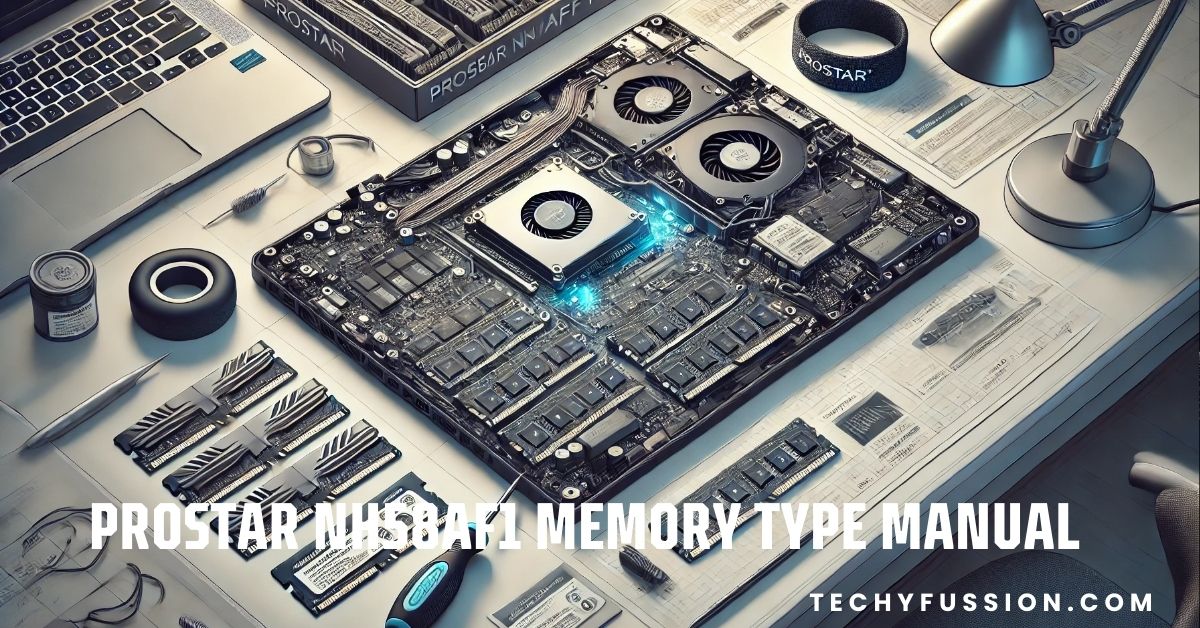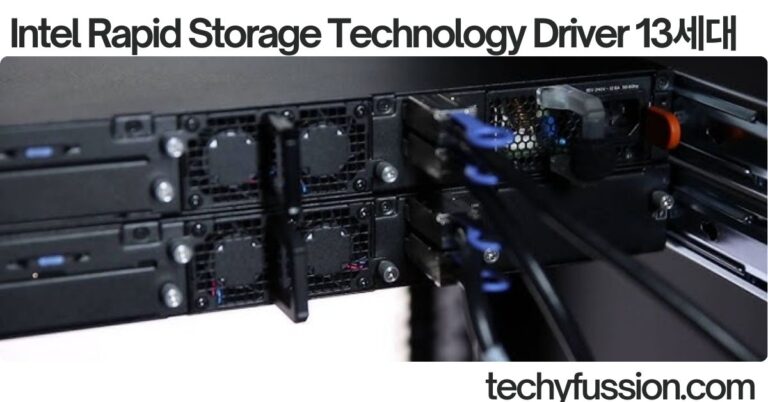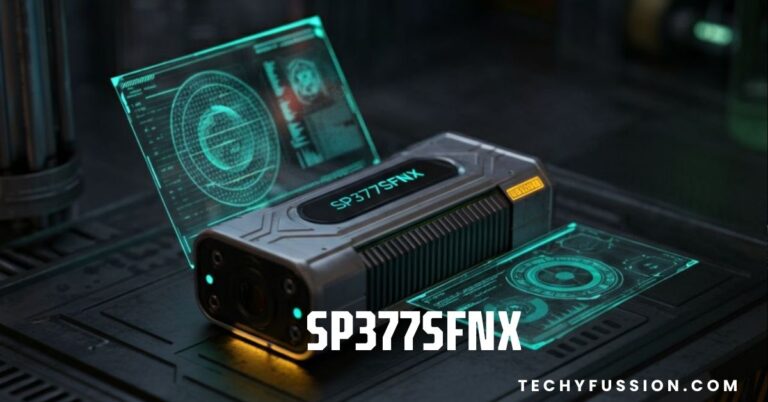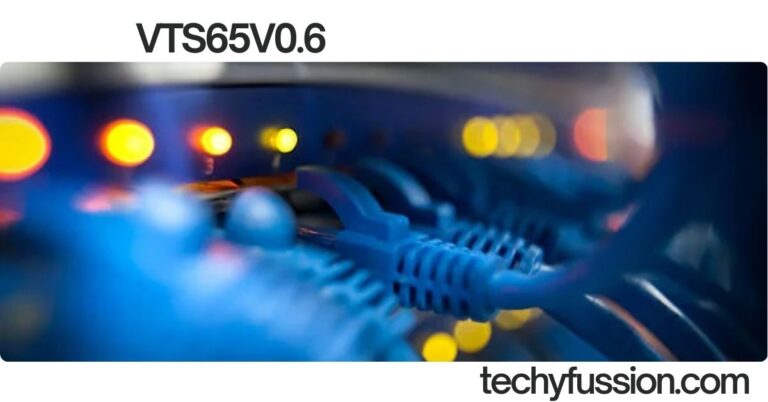Prostar NH58AF1 Memory Type Manual: A Comprehensive Guide for Easy Upgrades
Upgrading your computer’s memory is one of the most effective ways to improve its performance. Whether you’re a casual user, a gamer, or someone who works with large files and complex applications, the Prostar NH58AF1 Memory Type Manual is a valuable resource for ensuring that you select the right memory type for your system. This guide will walk you through every aspect of using the manual to upgrade your Prostar NH58AF1 system’s memory, providing insights, tips, and instructions for a smooth upgrade process.
In this article, we will dive deep into understanding the Prostar NH58AF1 system, the key features of the Memory Type Manual, how to utilize it effectively, and how upgrading your memory can boost your system’s performance.
What is the Prostar NH58AF1?
The Prostar NH58AF1 is a specific model in the Prostar series, known for being reliable and customizable. This model is commonly used for both home and office setups, as well as for more demanding tasks like video editing or light gaming. The Prostar NH58AF1 features a modular design that allows users to upgrade components like the memory, making it an excellent choice for those looking to enhance their computer’s performance.
The system typically comes with a base level of memory (RAM), but it may not meet the demands of power users or those looking for faster processing speeds. That’s where the Prostar NH58AF1 Memory Type Manual comes in—it provides detailed information on the type of memory that is compatible with the system, as well as the maximum upgrade capacity. This ensures that users can make informed decisions when upgrading their memory for improved performance.

Key Features of the Prostar NH58AF1 Memory Type Manual
The Prostar NH58AF1 Memory Type Manual is a crucial tool for understanding the technical specifications of your system’s memory. Here are the key features of the manual that you will need to pay attention to when upgrading your system’s memory:
1. Memory Capacity
One of the most important aspects of upgrading memory is understanding the memory capacity your system can support. The Prostar NH58AF1 Memory Type Manual outlines the maximum amount of memory that can be installed in your system.
Many computers have limitations on the total amount of memory they can handle. For example, while some systems may support up to 16GB of RAM, others might only handle 8GB. If you exceed this maximum capacity, you could experience stability issues, or the system may not even recognize the extra memory.
The manual also details the number of memory slots available, which is crucial if you are planning to install additional memory modules. Typically, the Prostar NH58AF1 might have 2 or 4 memory slots, and the manual will tell you if both slots are filled or if there’s room for more memory.
2. Memory Slots
The Prostar NH58AF1 will likely feature multiple memory slots, and the Memory Type Manual will help you understand how these slots work together. Memory slots are the physical connectors where RAM modules are installed.
Also Read: Ashempudel: An In-Depth Exploration
The manual will indicate whether the system supports single-channel, dual-channel, or even quad-channel configurations. Dual-channel configurations, for example, allow your computer to use two memory modules simultaneously, doubling the bandwidth for better overall performance.
If your system has two slots and one is already filled, the manual will show you how to install the second memory stick properly and whether it’s necessary to match the speed or size of the installed memory for optimal performance.
3. Memory Type
The Prostar NH58AF1 Memory Type Manual provides an essential piece of information: the type of memory your system requires. This typically refers to the memory technology supported by your system, such as DDR3, DDR4, or LPDDR.
- DDR3: A common memory type in older computers, DDR3 offers decent performance but has been largely replaced by DDR4 in modern systems.
- DDR4: The current standard for most newer systems, DDR4 provides better performance, lower power consumption, and faster speeds compared to DDR3. The Prostar NH58AF1 typically supports DDR4 memory, which is crucial for running modern applications efficiently.
- LPDDR: This is a low-power version of DDR memory, typically found in mobile devices, ultra-thin laptops, and tablets.
It’s critical to follow the manual’s recommendations when selecting the memory type because using the wrong type can result in system instability or even hardware damage.
4. Memory Speed
Memory speed, measured in MHz, directly impacts your system’s ability to read and write data. A faster memory speed can lead to improved performance, especially in memory-intensive tasks such as gaming, video editing, or 3D rendering.
The Prostar NH58AF1 Memory Type Manual will specify the optimal memory speed that your system can handle. For example, if your system supports DDR4-2400, you should look for memory modules that match or are compatible with that speed. Installing a memory stick with a higher speed than what is supported by your motherboard may not provide any performance benefits and could cause stability issues.
Also Read: ACP200DW6: Everything You Need to Know
5. Voltage
Another key specification in the Prostar NH58AF1 Memory Type Manual is the voltage requirement for your memory modules. Memory operates at different voltages depending on the type and speed.
For example, DDR3 memory typically operates at 1.5V, while DDR4 operates at a lower voltage, typically 1.2V. The manual will provide the recommended voltage for the memory that your system can support, ensuring that your system operates efficiently and without causing overheating or damage.
6. Latency and Timings
Memory latency and timing refer to the delay before a memory module can respond to a command. Lower latency and tighter timings lead to better performance, especially in tasks that require frequent data fetching.
The Prostar NH58AF1 Memory Type Manual will provide the recommended timing specifications for the memory, such as CAS latency (CL). It’s important to follow these recommendations for optimal system performance, as using memory with incompatible timings could negatively affect your system’s stability.
How to Use the Prostar NH58AF1 Memory Type Manual
Now that you understand the key features of the Prostar NH58AF1 Memory Type Manual, let’s explore how to use it effectively for upgrading your memory.
Step 1: Identify Your Current System Configuration
Before you make any purchases, it’s important to understand your system’s current configuration. Open your computer’s System Information settings or use a tool like CPU-Z to gather details about your existing memory. Specifically, look for:
- The current memory capacity installed
- The memory type (e.g., DDR3 or DDR4)
- The memory speed and voltage
- The number of available slots and the memory configuration (whether single-channel or dual-channel)
Once you know these details, you’ll be ready to consult the Prostar NH58AF1 Memory Type Manual for upgrade recommendations.
Step 2: Check the Specifications in the Manual
With your system’s specifications in hand, refer to the Prostar NH58AF1 Memory Type Manual to see the maximum supported memory capacity, supported memory type, and the correct memory speed and voltage. The manual will also provide information about the number of memory slots available, whether your system supports dual-channel, and the total capacity your system can handle.
Also Read: 44330u6d9:A Comprehensive Guide
Step 3: Purchase Compatible Memory
After you’ve confirmed the specifications, you can go ahead and purchase compatible memory. Make sure the memory you choose meets or exceeds the specifications outlined in the manual. It’s always best to buy memory modules from reputable brands that are known for their quality and compatibility.
When purchasing memory, make sure to consider:
- The memory type (e.g., DDR4)
- The memory capacity (e.g., 8GB or 16GB)
- The memory speed (e.g., 2400MHz or 3200MHz)
- Voltage compatibility (e.g., 1.2V for DDR4)
- Memory configuration (whether you need to buy a single module or two modules for dual-channel)
Step 4: Install the New Memory
With your new memory in hand, it’s time to install it. Follow the installation instructions in the Prostar NH58AF1 Memory Type Manual. Here’s a general overview of the installation process:
- Power down your system and unplug it.
- Open the computer case to access the memory slots.
- Insert the memory modules into the available slots, making sure they are securely seated.
- Close the case and reconnect your system to the power source.
Step 5: Test the New Memory
Once installed, you need to check that the new memory is properly recognized by your system. You can do this by accessing the BIOS or using a third-party tool like MemTest86. If everything is installed correctly, your system should boot up without any issues.
Common Issues When Upgrading Memory
Despite following the Prostar NH58AF1 Memory Type Manual, users sometimes face issues when upgrading memory. Let’s explore some common problems:
1. Incompatible Memory
One of the most common issues when upgrading memory is installing modules that are incompatible with the system. This can occur if you choose the wrong memory type, speed, or capacity. Always double-check the manual to ensure that the memory matches the system’s requirements.
2. Incorrect Installation
Improper installation can lead to system errors or the computer failing to recognize the new memory. Make sure that each memory stick is properly seated in its slot and that you are installing them in the correct configuration for dual-channel setups.
3. BIOS Incompatibility
An outdated BIOS can sometimes cause compatibility issues with new memory. Before upgrading, ensure that your system’s BIOS is updated to the latest version to avoid any issues with memory recognition.
4. Overloading the System
Some systems have limits on how much memory they can handle. Installing more memory than the system can support can cause performance issues or prevent the system from booting. Always refer to the manual for the maximum supported memory.
Also Read: wha否isrgb :Its Importance in the Digital World
FAQs About the Prostar NH58AF1 Memory Type Manual
What is the maximum memory capacity supported by the Prostar NH58AF1?
The maximum supported memory capacity for the Prostar NH58AF1 varies depending on the model, but it generally supports up to 16GB of DDR4 RAM. Always refer to the manual for the specific capacity supported by your model.
Can I use DDR3 memory in my Prostar NH58AF1?
No, the Prostar NH58AF1 typically only supports DDR4 memory. Installing DDR3 memory will not work and can cause compatibility issues. Refer to the Prostar NH58AF1 Memory Type Manual to ensure you purchase the correct memory type.
How do I know if my memory is installed correctly?
You can check if your memory is installed correctly by entering the BIOS or using diagnostic tools like MemTest86. If your system fails to boot or recognizes less memory than expected, it may indicate an installation issue.
What is the difference between single-channel and dual-channel memory?
Dual-channel memory allows two memory modules to work together, offering faster data transfer speeds compared to single-channel memory. Dual-channel memory can improve system performance, especially in tasks that involve heavy data processing, such as gaming or video editing.
Can I upgrade my memory without professional help?
Yes, upgrading memory is a relatively simple process that most users can perform themselves. Just follow the instructions in the Prostar NH58AF1 Memory Type Manual carefully, and ensure that you choose the right memory type and size for your system. If you are unsure, it’s always good to seek professional help.
Conclusion
The Prostar NH58AF1 Memory Type Manual is an invaluable resource for anyone looking to upgrade their system’s memory. With clear specifications and easy-to-follow instructions, this manual ensures that you can enhance your system’s performance with the right memory type. By following the steps outlined in this guide and consulting the manual for compatibility, you’ll be able to achieve a smoother, faster, and more responsive computer system.
Don’t forget to check the manual regularly for updates and new memory types, as technology continues to evolve, offering even better performance options for your system!






